Imagine nurturing a tree in your backyard that not only connects you to ancient spiritual traditions but also offers medicinal benefits and divine energy. Yes, growing a Rudraksha tree at home is not only possible—it’s a deeply fulfilling experience. Revered in Vedic scriptures and worn by yogis and seekers for millennia, the sacred Rudraksha is more than just a bead; it is a divine gift of nature that carries immense spiritual and healing power.
In this blog, we will guide you step-by-step on how to grow a Rudraksha tree at home, when and where to plant it, how to care for it, and what to expect as it slowly blossoms into a divine symbol of peace, health, and spiritual growth.
Benefits of Having a Rudraksha Tree near Home
Incorporating a Rudraksha tree near your home brings numerous spiritual and environmental benefits, as outlined in Vastu Shastra. Beyond its sacred significance, the Rudraksha tree enhances the energy flow in your surroundings, promote health and prosperity, and offer divine protection. As per our ancient scripture merely the sight of the Rudraksha is said to immensely bless the devotee, growing and nurturing a Rudraksha Plant at home will bestow Lord Shiva’s Divine Grace.
Below are some of the advantages of having a Rudraksha tree close to your home.
- Promotes Positive Energy: The Rudraksha tree enhances the flow of positive energy in the environment, bringing peace, harmony, and spiritual growth to the household.
- Strengthens Relationships: Having a Rudraksha tree near the house improves relationships among family members and friends by fostering love, understanding, and mutual respect.
- Improves Health: The Rudraksha tree is associated with health benefits, as it has healing properties that can help improve physical well-being and energy levels.
- Boosts Prosperity: In Vastu Shastra, it is a symbol of wealth and prosperity. The presence of the rudraksha tree can attract financial success and abundance into the home.
- Enhances Spiritual Practice: For those who practice meditation or yoga, having a Rudraksha tree nearby supports spiritual practices by amplifying concentration and inner peace.
- Purifies the Atmosphere: The Rudraksha tree purifies the air around the house, reducing the presence of harmful toxins and promoting a healthy environment.
- Promotes Mental Clarity: The tree is known for its calming influence on the mind, helping to reduce stress, anxiety, and mental fatigue, promoting clarity and focus.
- Increases Divine Blessings: According to Vedic traditions, the Rudraksha tree is sacred and invokes the blessings of Bhagwan Shiva, bringing divine protection and favor to the household.
- Enhances Luck: Keeping a Rudraksha tree near the house attracts good fortune and protect the inhabitants from misfortune and bad luck.
- Balances the Chakras: The rudraksha tree’s presence helps balance and align the energy centers (chakras) in the body, promoting overall well-being and spiritual balance.
Are Rudraksha Beads Grown at Home as
Effective as Those Found in the Wild?
Yes, provided the tree is nurtured properly, and the beads are mature, healthy, and used with the right intention.
Understanding Rudraksha’s Power Source
Rudraksha beads derive their power not just from where they grow, but from:
- The species of the tree (Elaeocarpus ganitrus)
- The mukhi (face/lines) structure of the bead
- The age and maturity of the bead
- The method of harvesting and energization
Whether grown in Nepal, Indonesia, or in your backyard in India, the tree remains the same species. If the seed is genuine and the environmental and spiritual care is optimal, the Rudraksha bead it produces will be naturally charged and effective.
Factors That Ensure Home-Grown Beads Are Spiritually Effective
- Healthy Soil and Pure Environment: A tree grown in clean, chemical-free soil with good air and water quality tends to produce purer fruits and seeds. The vibrations of your home environment — when kept spiritually uplifted — can add to the energy of the tree and its fruits.
- Right Growing Conditions: The potency of Rudraksha beads is not diminished when the tree is grown at home, as long as it is exposed to proper sunlight (indirect), healthy watering, and organic soil with sufficient nutrition. Proper care contributes to the internal quality of the seed.
- Natural Ripening and Ethical Harvesting: Beads that are allowed to ripen fully on the tree and are harvested without chemical processes retain their pranic (life-force) energy. Picking them at the right time and allowing them to dry naturally maintains their spiritual and medicinal strength.
- Spiritual Environment: A Rudraksha tree grown in a spiritually inclined home — where regular chanting, meditation, and purity of thought exist — may even carry a higher vibration than beads harvested in commercial farms or from neglected wild trees.
- Energization (Prana Pratistha): Regardless of where a Rudraksha bead is sourced from, it is recommended to be cleansed and energized through proper Vedic rituals before wearing. This process accelerates its healing and spiritual benefits, aligning it with your aura and chakras.
There are primarily 2 ways to grow a Rudraksha Plant, one is to grow it through seeds which takes longer, and the other way is to replant a Nepal Rudraksha Sapling. Both Rudraksha Seeds and Sapling are available for purchase on our website
Buy Rudraksha Seeds
Buy Nepal Rudraksha Sapling
Step-by-Step Guide: How to Plant Rudraksha Seeds
Step 1: Choose the Right Seed
Select a Healthy & Well-Formed seed for planting. You can immerse the seeds in water, wait for 15 to 20 mins and select the seeds which have submerged in water and avoid the ones that are floating.
Step 2: Soaking & Pre-Treatment
Rudraksha seeds have a hard outer shell. Soaking them in water for 7 to 10 days helps soften the shell and promote germination. Changing water daily is recommended
Step 3: Prepare the Soil Mix
Use a well-draining potting mix made of:
- 50% garden soil
- 25% organic compost
- 25% sand or cocopeat
Ensure the pH is slightly acidic to neutral (5.5 to 7.5).
Step 4: Choose the Container or Location
You may begin with a pot or directly sow in open ground. If using a pot, choose one at least 12 inches deep with a drainage hole.
Step 5: Plant the Seed
Plant the seed 1 to 1.5 inches deep in the soil. Cover lightly and water gently.
Step 6: Provide Indirect Sunlight
Keep the pot in a semi-shaded area or under a tree canopy. Avoid direct sunlight, especially in summer.
Step 7: Water Regularly
W once daily in winter and twice in summer to keep the soil moist, but never soggy.
Step 8: Wait for Germination
Be patient—germination may take up to 45 days or more. Ensure consistent moisture and moderate temperature during this period.
Buy Authentic Rudraksha Seeds
:
The Rudraksha seeds due to its anti-inflammatory and painkilling properties are used as Ayurvedic medicine for curing many ailments. It is also consumed for good health. These intact and healthy Rudraksha seeds can be used to sow in soil for growing Rudraksha plant.
Step-by-Step Guide: How to Plant a Rudraksha Sapling
Step 1: Select a Healthy Sapling
Obtain a Rudraksha sapling from a reputable nursery such as Rudra Centre. Ensure the plant is disease-free and has well-formed roots.
Step 2: Choose a Suitable Location
Pick a spot in your garden that is partially shaded, has ample space, and remains below 30°C (86ºF) during the day.
Step 3: Dig the Planting Hole
Dig a hole twice the width and depth of the root ball. This gives the roots room to spread.
Step 4: Prepare the Soil
Mix the dug-out soil with organic compost or cow dung manure to enrich the planting medium.
Step 5: Place the Sapling
Carefully remove the sapling from its pot and place it in the hole, ensuring the root collar is at ground level.
Step 6: Fill and Firm the Soil
Fill the hole with soil and gently press around the base to remove air pockets. Create a small soil ridge around the plant to hold water.
Step 7: Water Immediately
Water the plant thoroughly after planting.
Then follow a watering schedule:
- Once daily in winter
- Twice daily in summer
Step 8: Mulch and Shade
Apply a thin layer of organic mulch (dry leaves or coco husk) around the base to retain moisture. Provide shade netting if the sun is harsh.
Step 9: Monitor Growth
Check regularly for pests, water levels, and signs of new growth. With proper care, your sapling will soon establish itself.
Buy Authentic Nepal Rudraksha Plant
This Elaeocarpus ganitrus variety grows in the area from the Gangetic plain in the foothills of the Himalayas to Southeast Asia, Nepal, Indonesia, New Guinea to Australia, Guam, and Hawaii.
Ideal Climate & Environmental
Conditions for Growing Rudraksha
Cultivating a Rudraksha Plant (Elaeocarpus Ganitrus) at home requires careful attention to its specific climatic and environmental needs. Native to the Indonesian and Himalayan regions, Rudraksha trees thrive in tropical and subtropical climates. Understanding and replicating these conditions can significantly enhance the success of growing a healthy tree.
A Rudraksha tree grown in your backyard typically takes longer to mature than one in the wild due to differences in sunlight, soil quality, and water availability. However, with proper care, backyard trees will reach their full potential eventually.
Temperature and Humidity
Rudraksha trees flourish in warm and humid environments, with optimal temperatures ranging between 20°C and 30°C (68°F to 86°F). Maintaining this temperature range is crucial, especially during the germination and early growth stages. Consistent humidity levels between 40% and 60% are ideal, as lower humidity can cause leaf drop, while higher levels may lead to wilting.
Sunlight Exposure
While Rudraksha trees require ample sunlight for photosynthesis, they are sensitive to intense, direct sunlight, particularly during their initial growth phases. It's advisable to plant them in areas that receive filtered or indirect sunlight, such as under the canopy of larger trees or on the south side of a structure. This setup mimics their natural habitat and protects young plants from potential sun damage.
Soil Requirements
A well-draining, loamy soil enriched with organic matter is essential for Rudraksha cultivation. The soil should have a slightly acidic to neutral pH, ideally between 5.5 and 7.5. Incorporating components like peat moss or compost can enhance soil fertility and structure, promoting healthy root development.
Watering Practices
Consistent moisture is vital for Rudraksha trees, but overwatering must be avoided to prevent root rot. Water the plant when the top 2-3 inches of soil feel dry to the touch. During summer, this may require watering twice daily, while once daily may suffice in cooler months. Ensure that the soil remains moist but not mushy, and always allow excess water to drain freely.
Space and Planting Considerations
When planting in the ground, allocate a 30 x 30-foot area to accommodate the tree's extensive root system and canopy spread. If space is limited, start with a large pot, ensuring it has adequate drainage and room for root growth. As the tree matures, consider transplanting it to a more spacious location.
Protection from Environmental Stress
Young Rudraksha plants are particularly vulnerable to environmental stressors. Protect them from strong winds, heavy rainfall, and extreme temperatures by using windbreaks, shade nets, or temporary shelters as needed. Regular monitoring and prompt intervention can mitigate potential damage and support robust growth.
Maturity & Bearing Rudraksha Fruits
A Rudraksha tree typically takes about 15 to 16 years to reach full maturity and bear mature seeds. However, it can start flowering and producing fruit after 3 to 4 years, with the initial fruits taking time to ripen. Full seed maturity for harvesting generally occurs after 5 to 7 years under favourable conditions.
By meticulously recreating these climatic and environmental conditions, you can cultivate a thriving Rudraksha tree that not only enhances your garden's beauty but also brings spiritual, medicinal and ecological benefits over time.
Rudraksha Plant Care Checklist
|
Care Element
|
Requirement
|
|---|---|
|
Planting Season
|
September to October
|
|
Temperature Range
|
Below 35°C (preferably 20–30°C)
|
|
Sunlight
|
Indirect sunlight; partial shade, especially during harsh summers
|
|
Soil Type
|
Rich organic soil with acidic pH (5.5 to 6.5); mix of garden soil + peat moss
|
|
Watering (Seedling)
|
Every 3 days initially; keep soil moist, not soggy
|
|
Watering (Grown Plant)
|
Once a day in winter, twice a day in summer
|
|
Pot Drainage
|
Use stones/pebbles at the base to avoid water logging
|
|
Fertilizer
|
High-potash fertilizer during flowering/fruiting; compost yearly
|
|
Shading
|
Use tree shade or shade net during early growth
|
|
Pruning
|
Yearly pruning to manage growth
|
|
Time to Flowering
|
3–4 years
|
|
Time to Full Maturity
|
15–16 years
|
Conclusion
Rudraksha beads are cherished as divine gifts from Bhagwan Shiva, known for their powerful spiritual and healing properties. Rudraksha beads promote health, fearlessness, self-empowerment, and both material prosperity and spiritual growth. The mukhis, vertical lines running from top to bottom, define each bead’s unique energy. Scientifically, rudraksha beads are recognized for their therapeutic benefits, affirming their ancient divine significance.
The Rudraksha tree, belonging to the Elaeocarpus Ganitrus Roxb species, grows in the Himalayan regions, Nepal, and Southeast Asia, thriving in specific climatic conditions. These trees, which can reach heights of up to 29 meters, start bearing fruits after 4-6 years on average. The fruit ripens in mid-winter and varies in mukhis depending on the environment and soil conditions.
By adhering to the right planting and care guidelines, you can cultivate a Rudraksha tree that produces powerful beads. Growing a Rudraksha tree at home offers a profoundly fulfilling experience, enabling you to tap into the spiritual and medicinal benefits of rudraksha beads while aligning with their healing, spiritual and transformative energy.

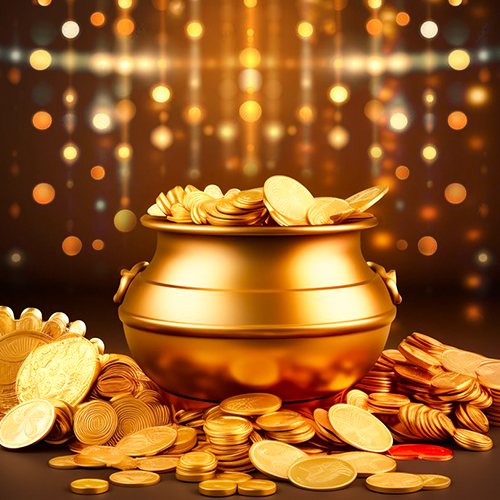
-in-Astrology.jpg)
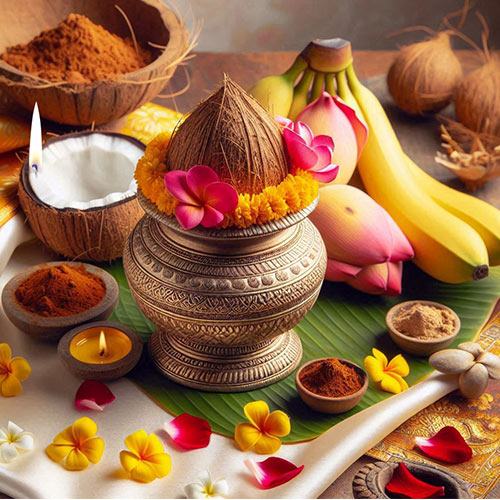


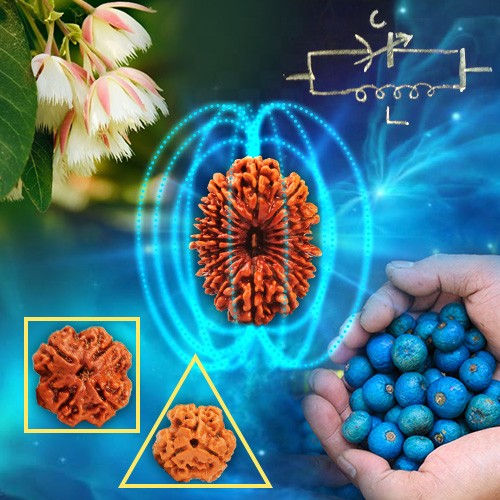


.jpg)
-Rudraksha-Beads---Thumbnail.jpg)
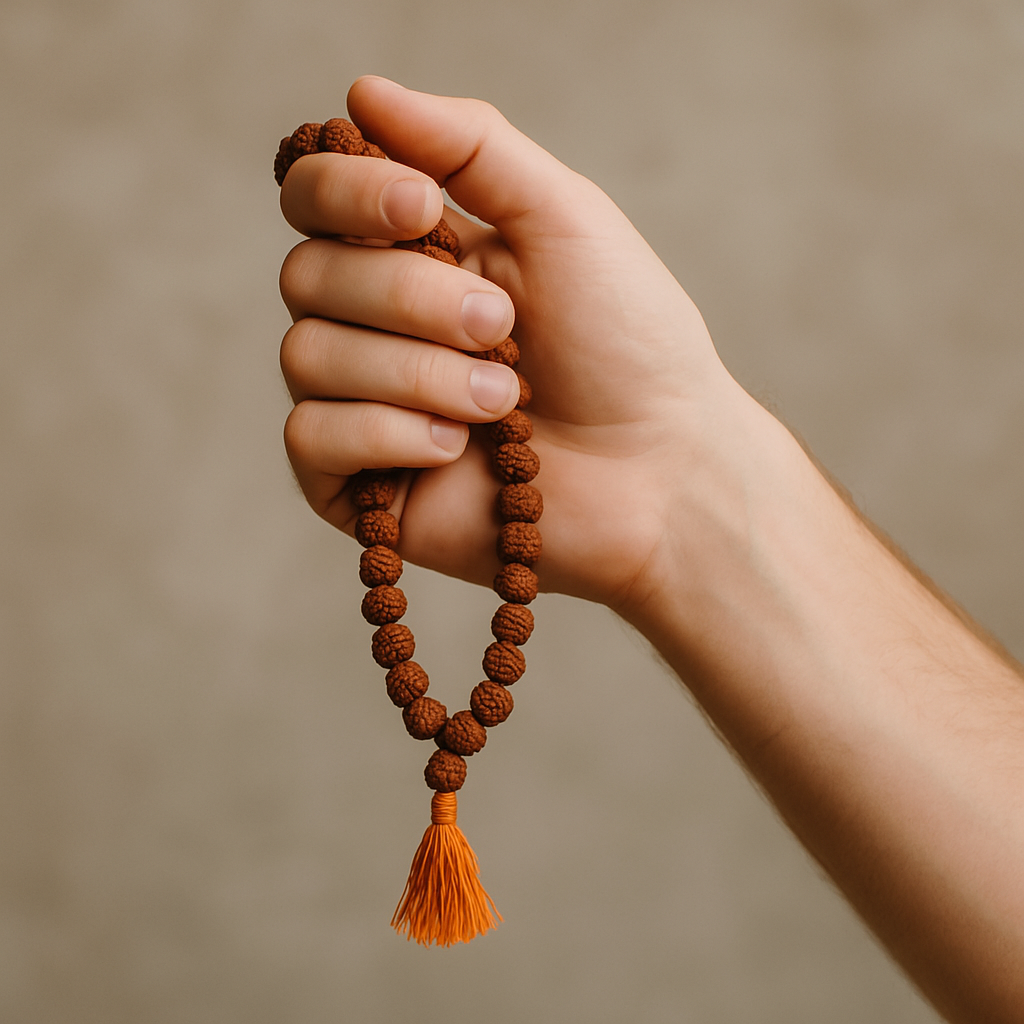
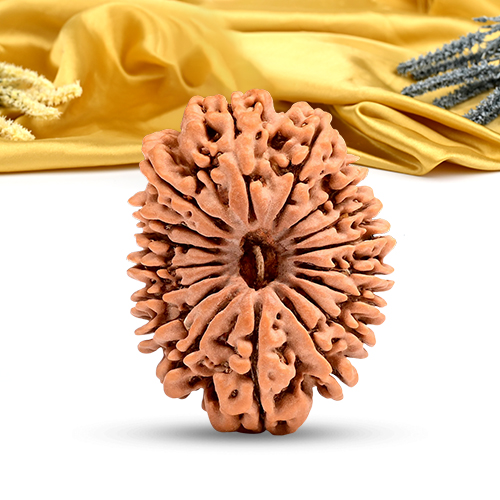
Comments 0
Leave your thought here